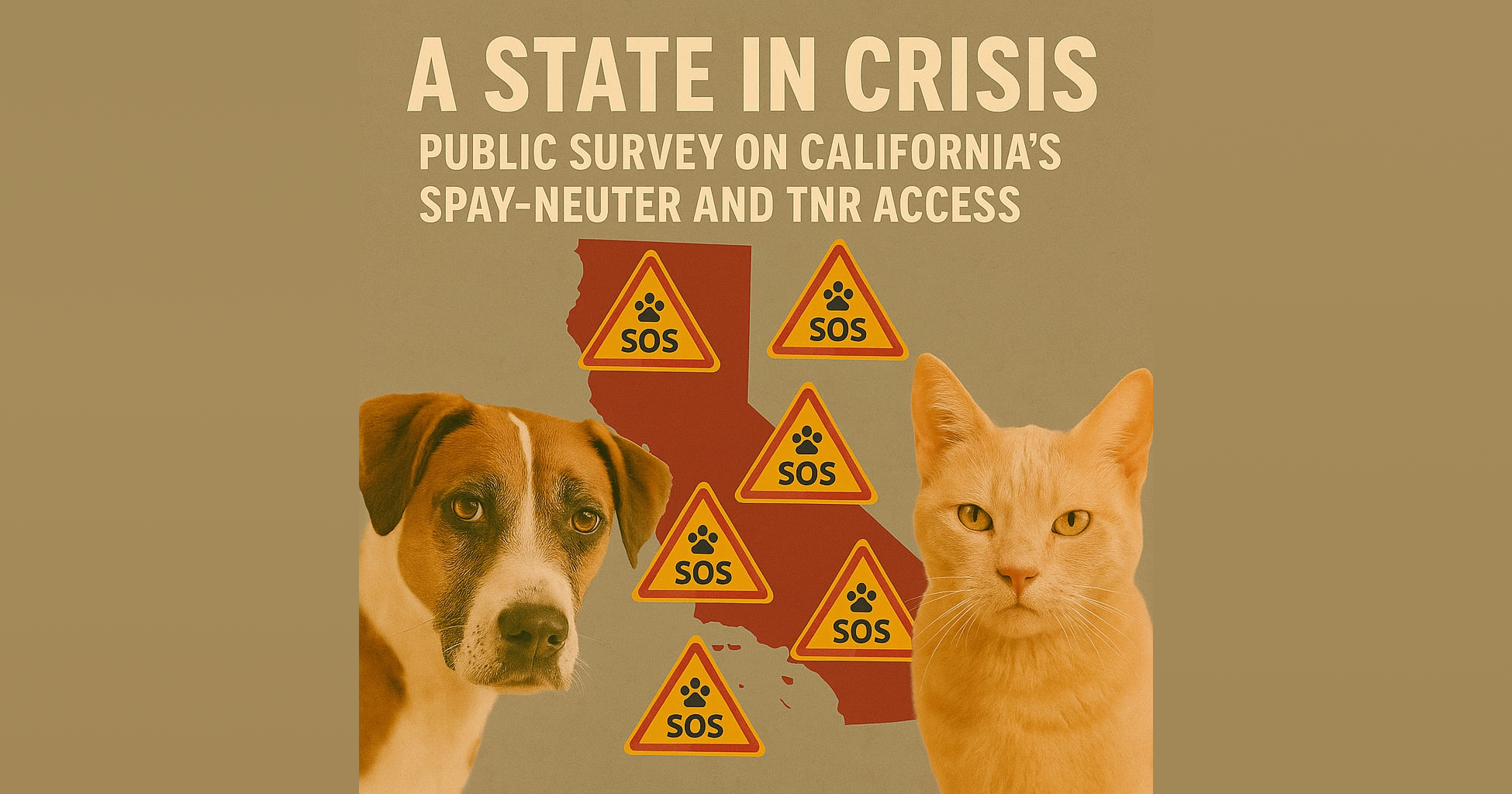7 to 20 percent of pets entering a home are no longer in that home six months after acquisition

Puppies born in overcrowded shelter
The issue of pet “overpopulation” involves two main factors: firstly, the breeding of cats and dogs without adequate avenues for finding homes for the resulting offspring; and secondly, the surrendering of pets by owners who can no longer care for them or no longer desire to do so. This results in millions of cats and dogs being euthanized annually in animal shelters across the country due to a surplus of pets compared to responsible homes. American Humane advocates for the mandatory spaying or neutering of all cats and dogs adopted from both public and private animal care facilities to address this issue.
They support the passage of laws mandating sterilization for such pets, including prepubertal spaying and neutering. While the effectiveness of community-wide mandatory spay/neuter laws in tackling pet overpopulation is uncertain, American Humane encourages the veterinary profession to assist in reducing the number of unwanted pets by supporting the neutering of animals adopted from shelters.
Veterinarians are urged to use their discretion in recommending appropriate sterilization ages for individual pets, taking into account short and long-term health risks. American Humane also advocates for research into the causes of pet relinquishment to develop intervention strategies.
If you are adding a pet to your family, make sure the pet comes from a legitimate shelter, nonprofit rescue group or a responsible, humane breeder. Always spay and neuter your pets.Consider all the responsibilities and consequences of pet ownership before deciding to get a pet and always make a lifetime commitment to your pet. Educate your children, friends, family members and co-workers about pet overpopulation, adoption and the importance of spaying and neutering. [1]
By spaying and neutering their pets, individuals can help prevent further contribution to the problem of pet overpopulation.
To combat pet overpopulation, consider the following steps:
- Source pets responsibly: Choose pets from legitimate shelters, nonprofit rescue groups, or responsible, humane breeders.
- Spay and neuter: Always ensure your pets are spayed or neutered to prevent unintended breeding.
- Commit to pet ownership: Understand the responsibilities and consequences of owning a pet and make a lifetime commitment to their care.
- Educate others: Spread awareness about pet overpopulation, adoption, and the importance of spaying and neutering to friends, family, and community members.
- Take action: Help prevent further suffering by having your female pets spayed and your male pets neutered, thereby avoiding contributing to the pet overpopulation problem.
Summary of an article: https://www.americanhumane.org/position-statement/animal-population-control/



